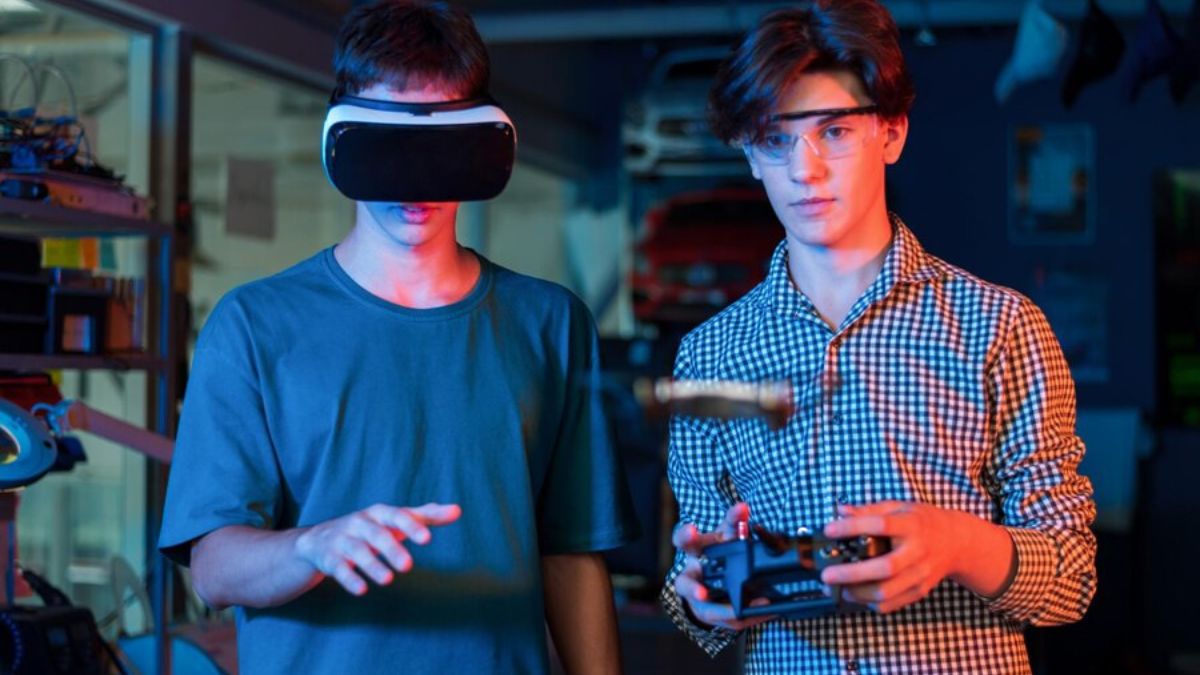The smartphone market has been buzzing with options in the mid-to-high range, and two popular contenders are the OnePlus 12R vs. Google Pixel 7a. Both devices pack impressive features, but each targets different audiences. In this article, we’ll examine their specifications and features to see how they stack up against each other.
Design and Display
OnePlus 12R: The OnePlus 12R has a sleek, modern design that follows the company’s signature look. It features a large 6.74-inch AMOLED display with a 120Hz refresh rate, providing smooth visuals and vibrant colors, especially during high-motion activities like gaming or video streaming. The OnePlus display also boasts HDR10+ support, ensuring a vivid viewing experience.
Google Pixel 7a: The Google Pixel 7a has a 6.1-inch OLED display with a 90Hz refresh rate. While smaller and slightly less smooth compared to the 12R’s 120Hz, the Pixel’s screen is still sharp, vibrant, and highly color-accurate. Its compact size is an advantage for users who prefer single-handed usage or a more compact form factor. The Pixel 7a’s Gorilla Glass 3 protection also adds durability.
Verdict: The OnePlus 12R offers a more immersive viewing experience with its larger display and higher refresh rate, while the Pixel 7a stands out for those who prioritize portability and durability.
Performance and Software OnePlus 12R vs. Google Pixel 7a
OnePlus 12R: Powered by the Snapdragon 8+ Gen 1 chipset and up to 16GB of RAM, the OnePlus 12R is a performance powerhouse capable of handling demanding tasks with ease. The device runs on OxygenOS, which is known for its smooth performance and customization options. OxygenOS is also generally quick with updates, keeping up with the latest Android versions.
Google Pixel 7a: The Pixel 7a is equipped with Google’s in-house Tensor G2 chipset, which, while not as powerful as the Snapdragon 8+ Gen 1, is optimized for Pixel’s AI-driven features, such as on-device translation, smart photo editing, and voice recognition. Running on pure Android, Pixel devices are guaranteed timely software updates directly from Google, often arriving on the first day of release.
Verdict: The OnePlus 12R wins in raw performance, while the Pixel 7a provides a more integrated software experience with Pixel-exclusive features and quicker updates.
Camera Capabilities
OnePlus 12R: OnePlus has integrated a versatile camera setup in the 12R, with a 50MP primary sensor, 8MP ultra-wide lens, and a 2MP macro lens. It performs well in good lighting, capturing sharp, detailed images with decent dynamic range. The ultra-wide option allows for creative shots, though the 2MP macro lens is a bit basic. The 16MP front-facing camera is capable and should satisfy most selfie enthusiasts.
Google Pixel 7a: The Pixel 7a boasts a 64MP main sensor and a 13MP ultra-wide sensor. Google’s computational photography shines here, as the camera excels in various lighting conditions, thanks to Pixel’s impressive image processing. Its Night Sight feature enhances low-light photography significantly. On the front, a 13MP camera delivers sharp, detailed selfies and is enhanced with Google’s own AI-based processing.
Verdict: The Pixel 7a is the superior camera choice due to Google’s computational photography, delivering better quality and more reliable results, especially in challenging lighting conditions.
Battery and Charging
OnePlus 12R: With a 5,000mAh battery, the OnePlus 12R provides substantial battery life, designed to last a full day even with moderate-to-heavy use. One of its standout features is the 100W SuperVOOC fast charging, allowing the device to go from 0% to 50% in just 10 minutes. This rapid charging makes it ideal for users who are frequently on the move and need quick recharges.
Google Pixel 7a: The Pixel 7a has a smaller 4,385mAh battery and supports 18W wired charging. It also includes wireless charging, albeit slower. Though not as fast as the OnePlus 12R, the Pixel’s battery life can comfortably get users through the day with average usage, thanks to Google’s battery optimization.
Verdict: The OnePlus 12R wins in battery and charging speed with its massive battery and exceptionally fast charging capability, while the Pixel 7a offers the convenience of wireless charging.
Additional Features
- Security: Both devices offer biometric security with an in-display fingerprint sensor for the OnePlus 12R and a rear-mounted fingerprint sensor for the Pixel 7a. Both also support face unlock.
- Software Support: Pixel 7a gets guaranteed software updates for at least three years directly from Google, while OnePlus offers three years of Android updates and four years of security updates.
- Audio and Haptics: The OnePlus 12R has stereo speakers and offers Dolby Atmos support, while the Pixel 7a, with its stereo speakers, provides clear sound but may not match the immersive quality of the OnePlus audio.
Price and Value for Money
OnePlus 12R: OnePlus positions the 12R as a premium device that’s more affordable than flagship models. It’s aimed at users who want flagship-level performance, especially in gaming and multimedia, without the highest price tag.
Google Pixel 7a: The Pixel 7a, while slightly more affordable than the 12R, is a fantastic option for users who prioritize camera quality, software experience, and timely updates.
Verdict: The choice here largely depends on the user’s preferences. Those who prioritize camera quality and software experience will appreciate the Pixel 7a, while performance enthusiasts and multitaskers may lean toward the OnePlus 12R.
Final Analysis
The OnePlus 12R and Google Pixel 7a cater to different audiences. The 12R is a powerful, feature-rich device with excellent performance, a high-refresh-rate display, and rapid charging capabilities. Meanwhile, the Pixel 7a shines with its unparalleled camera quality, AI-driven features, and direct Google software updates.
Ultimately, the OnePlus 12R is ideal for users looking for performance and media experience, while the Pixel 7a will appeal to those who value Google’s software ecosystem, camera quality, and a streamlined, compact design. Both phones offer substantial value in their own right, making either a compelling choice depending on user priorities.


